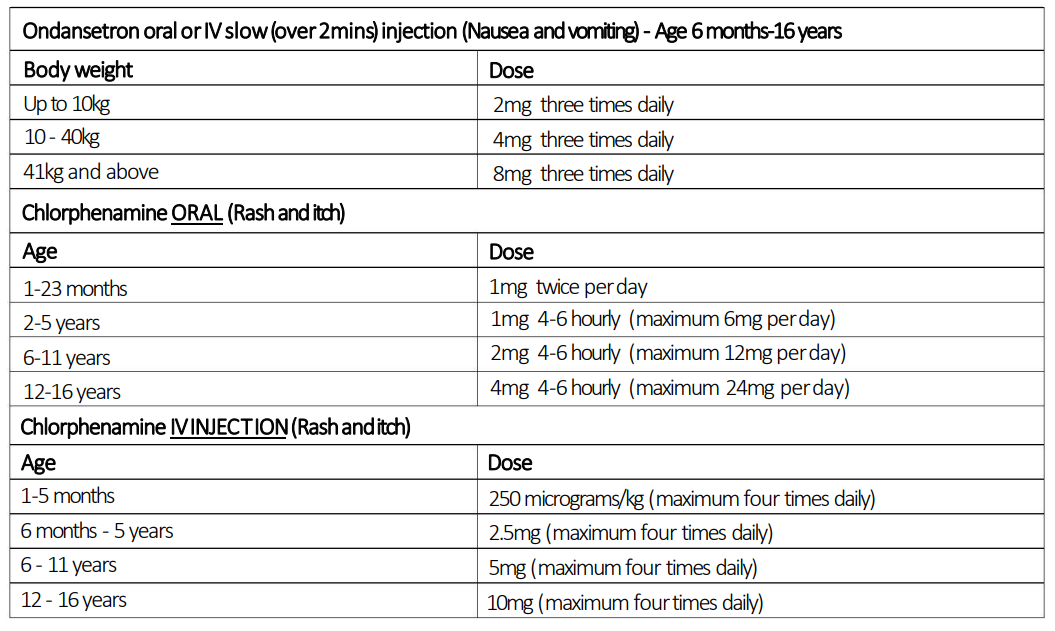Question 1: Why does TOXBASE advice for ‘Paracetamol overdose ingested over a period of one hour or less - presenting less than 8 hours after acute ingestion - Adults and children 6 years of age and over’ say:
“There is normally no indication to start acetylcysteine without a paracetamol blood concentration provided the result can be obtained and acted upon within 8 hours of ingestion. If there is going to be delay beyond 8 hours after the overdose in obtaining the paracetamol concentration, treatment should be started if 150 mg/kg or more paracetamol has been ingested”.
But the RHC SNAP guideline has the threshold dose for the same group of patients at >75mg/kg?
Answer 1: The threshold of 75mg/kg used in RHC guideline rather than the 150mg/kg referenced on TOXBASE was decided to ensure no-one with toxic level ingestion has an unnecessary delay in treatment whilst waiting blood results - something that could result in greater injury.
As per Toxbase - TREATMENT MUST BE STARTED WITHIN 8 HOURS IF MAXIMUM PROTECTION IS TO BE OBTAINED.
This is offset by a potential small number of patients who start on acetylcysteine and when results returned it transpires that they are below treatment threshold - if this is identified then the patient can have the treatment stopped.
The local implementation committee felt this option to be the lesser risk and also avoids potential confusion for the user where threshold figures change within the same flowchart from 75mg/kg to 150mg/kg.
Question 2. Why is the dosing based on weight banding groups rather than an exact dose/kg?
Answer 2. This is to reduce the increased error risk which can occur with volume administered based medications. This is also why the ampule volume has been rounded up to the nearest whole number.
Question 3. Why is the SNAP protocol restricted to >6yrs & >30kg patients and not for all patients?
Answer 3. At the time of writing this guidance there is no data safety information for any patient under 30kg in weight. The original protocol (reference) did not include any patients under 30kg in weight. The RHC protocol may change to include this cohort if data becomes available reflecting the safe use of the SNAP protocol in <30kg patients.



